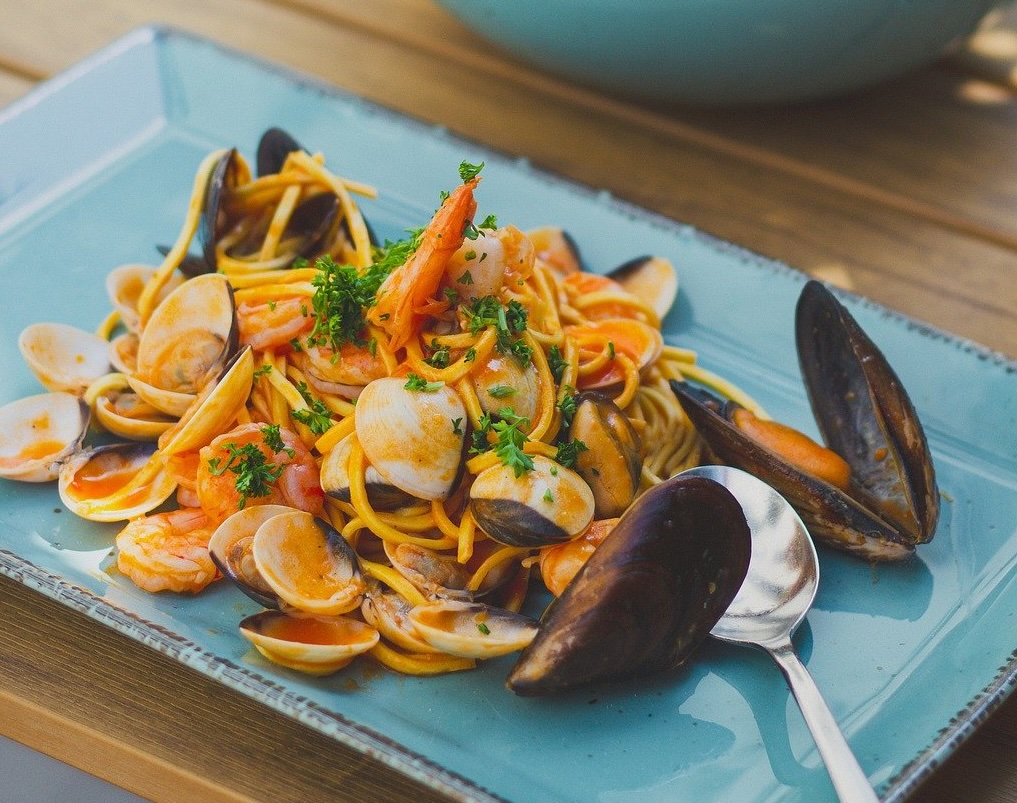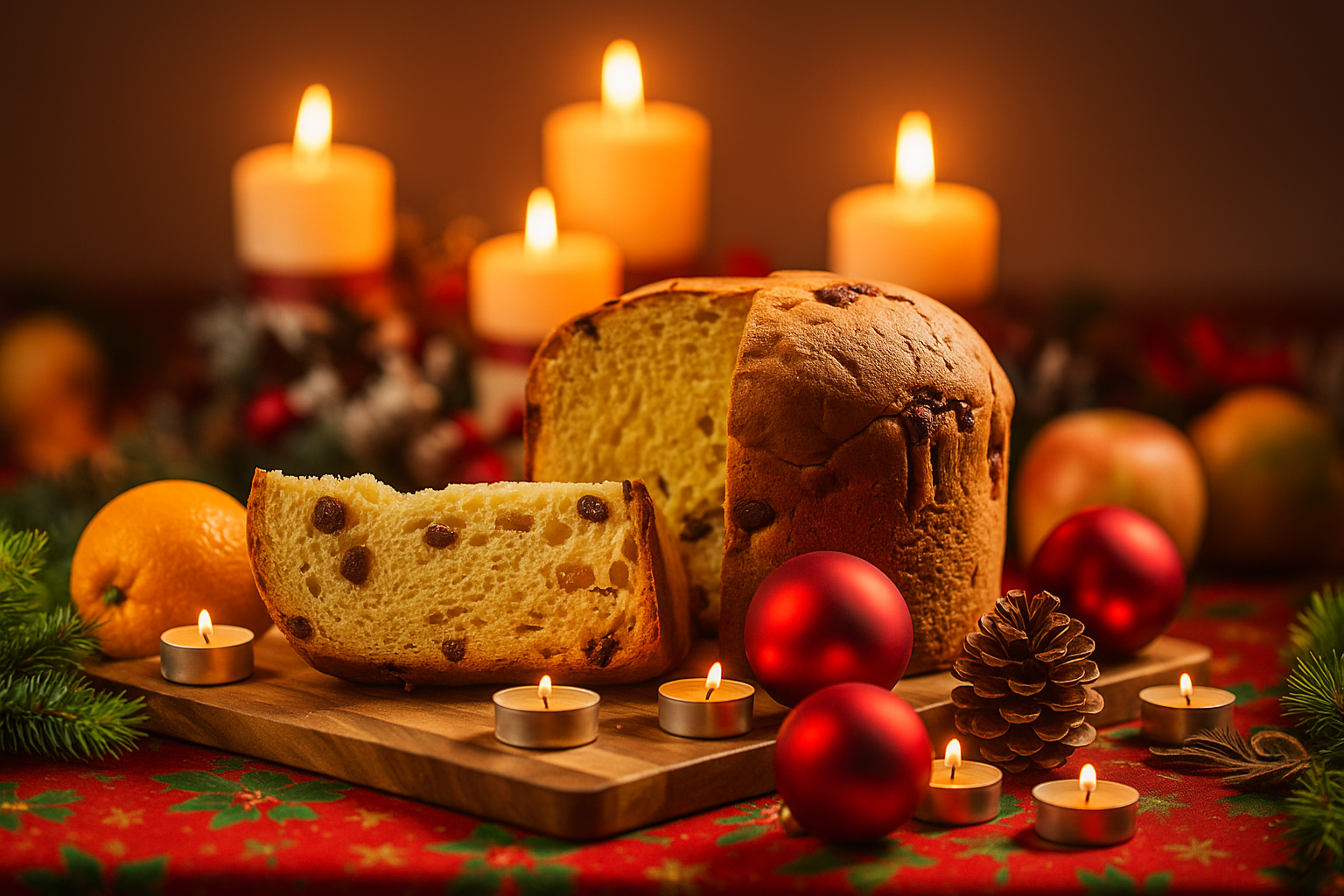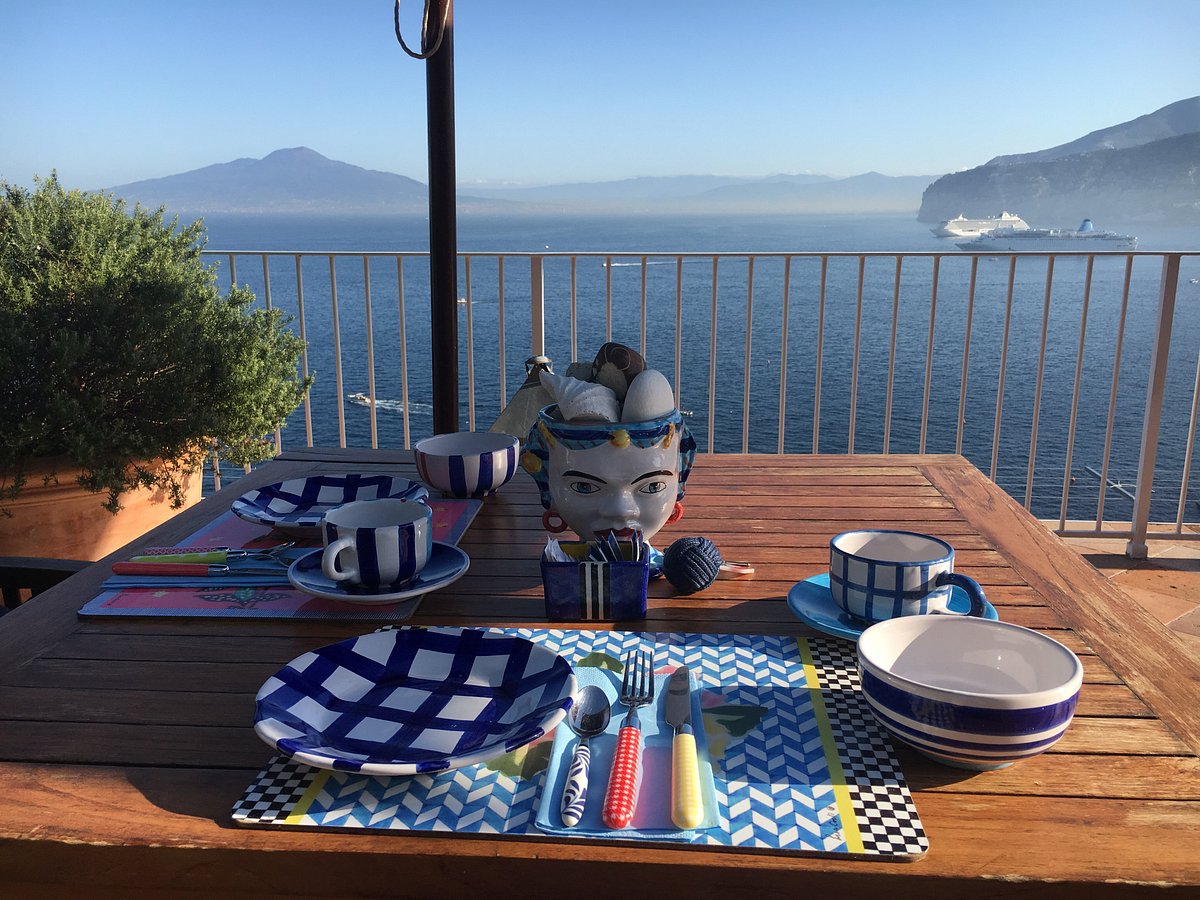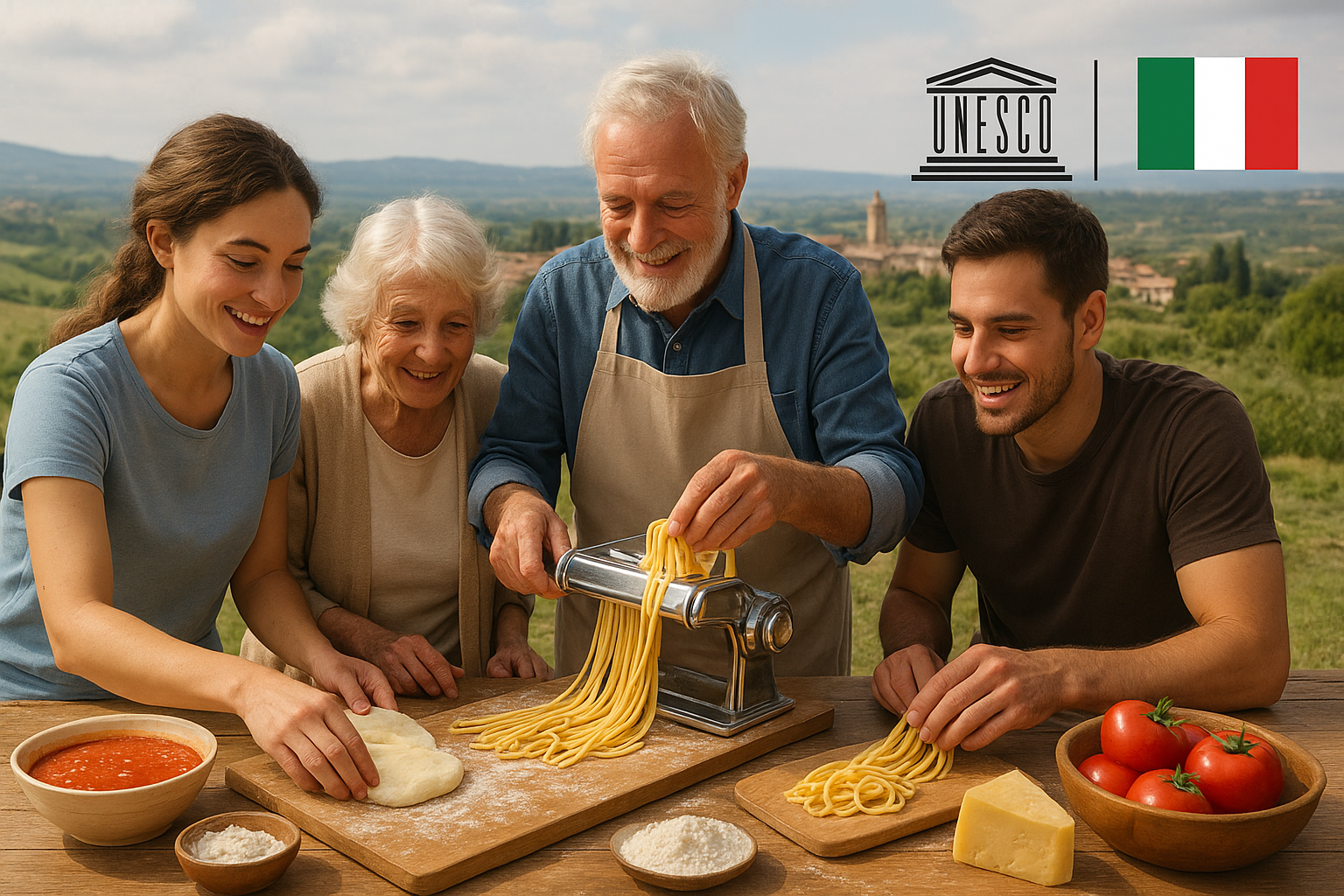
Italy is renowned for its rich culinary heritage, where food is not just nourishment but a celebration of culture, tradition, and community. Understanding Italian food etiquette and knowing what to avoid ordering can enhance your dining experience, whether you’re in Italy or at an authentic Italian restaurant elsewhere. This guide provides insights into the nuances of Italian dining customs and highlights common pitfalls to avoid for a more authentic experience.
Italian Food Etiquette
The Pace of the Meal
Italian meals are leisurely affairs, designed to be savored and enjoyed without haste. Unlike the fast-paced dining culture in many other countries, meals in Italy can last for hours, especially during weekends or special occasions. This unhurried pace allows diners to enjoy each course fully, engage in conversation, and appreciate the dining experience as a whole.
Ordering Courses
A traditional Italian meal is structured into several courses, each with its unique role in the culinary journey:
1. Antipasto (Appetizer): This initial course is meant to stimulate the appetite. Popular options include bruschetta (toasted bread with tomatoes, garlic, olive oil, and basil), caprese salad (fresh tomatoes, mozzarella, basil, and olive oil), and affettati misti (a platter of cured meats like prosciutto, salami, and mortadella).
2. Primo (First Course): The first course is usually a carbohydrate-rich dish such as pasta, risotto, or gnocchi. Examples include pasta carbonara, risotto alla milanese (saffron risotto), and gnocchi with various sauces.
3. Secondo (Second Course): This is the main course, typically featuring proteins like meat or fish. Dishes might include bistecca alla fiorentina (Florentine steak), osso buco (braised veal shanks), or branzino (sea bass).
4. Contorno (Side Dish): Served alongside the secondo, contorni are vegetable-based dishes such as roasted potatoes, sautéed spinach, or simple salads.
5. Dolce (Dessert): To conclude the meal, Italians enjoy a sweet treat like tiramisu, panna cotta, or gelato.
6. Caffè (Coffee): The meal traditionally ends with a strong espresso, providing a perfect finish to the dining experience.
Drinking Customs
In Italy, wine and water are the primary beverages served with meals. Wine, a staple of Italian dining, is often enjoyed regionally, with local wines pairing with regional dishes. Water, either still (naturale) or sparkling (frizzante), is always available. It’s important to note that coffee, particularly cappuccino, is considered a morning beverage. After a meal, Italians prefer espresso.
Tipping
Tipping in Italy is not obligatory, as service charges are often included in the bill. However, leaving a small gratuity is appreciated, especially for excellent service. A few euros or rounding up the bill suffices.
Bread Etiquette
Bread (pane) is a common accompaniment to Italian meals but is typically eaten plain. It is often used to mop up sauce (fare la scarpetta) but is not served with butter or olive oil as in many other countries.
Socializing and Conversation
Meals are social events in Italy, providing an opportunity to engage in lively conversation and enjoy the company of others. Embrace the communal nature of dining and take part in the shared experience.
What Not to Order
Cappuccino After a Meal
Cappuccino is a morning drink in Italy, often enjoyed with a pastry for breakfast. Ordering a cappuccino after lunch or dinner is considered unusual. Instead, opt for an espresso or a macchiato (espresso with a splash of milk).
Spaghetti Bolognese
While spaghetti Bolognese is well-known outside Italy, it is not a traditional Italian dish. In Bologna, ragù (Bolognese sauce) is served with tagliatelle, a flat ribbon pasta that better holds the rich meat sauce.
Chicken Dishes with Pasta
Combining chicken with pasta is uncommon in traditional Italian cuisine. Dishes like “chicken Alfredo” are Italian-American inventions and do not reflect authentic Italian culinary practices. Italians prefer to highlight the flavors of a single main ingredient per course.
Garlic Bread
Garlic bread is not an authentic Italian dish. Italians enjoy plain bread with their meals, sometimes toasted and topped with simple ingredients (bruschetta). Dipping bread in olive oil or balsamic vinegar is also not customary.
Excessive Cheese
Italians use cheese sparingly to maintain a balance of flavors. Adding excessive cheese to dishes can overpower the intended taste and is often seen as disrespectful to the chef’s creation. For instance, it’s uncommon to add extra Parmesan to seafood pasta.
Peperoni Pizza
In Italy, “peperoni” means bell peppers. If you want a pizza with spicy salami similar to American pepperoni, order “pizza al salame piccante.” Italian pizzas are typically thin-crust and not overloaded with toppings.
Additional Tips
Respect the Menu
Italian chefs take great pride in their recipes and the quality of their ingredients. Trust the menu and the chef’s expertise. If unsure, ask the waiter for recommendations on local specialties or house favorites.
Explore Local Specialties
Each Italian region has its unique culinary traditions and specialties. When traveling, immerse yourself in the local cuisine:
•In Rome, try pasta alla carbonara or cacio e pepe.
•In Naples, enjoy authentic Neapolitan pizza.
•In Sicily, savor arancini (rice balls) and cannoli.
Pizza Etiquette
While it’s common to eat pizza with your hands in many countries, in Italy, it’s often eaten with a knife and fork, especially in a formal restaurant. This method allows you to enjoy the pizza more gracefully and appreciate the toppings without making a mess.
Conclusion
Understanding Italian food etiquette and knowing what not to order can significantly enhance your dining experience, whether you’re in Italy or at an authentic Italian restaurant elsewhere. By respecting these culinary traditions, you can enjoy the rich flavors and cultural heritage of Italian cuisine to the fullest.
Buon appetito!




Italian Dating & Chat for Italian Singles

Virtually meet thousands of like-minded Italian singles and connect at lightning speed; on desktop, tablet, and your beloved phone. Chat into the wee hours of the night if you’d like. Post photos, share your interests and dreams-we’ll help you look your best while you do it.Here we make it easy to meet Italian singles and feel things out first so when you do go on that first date, or meet for espresso, you can relax and be yourself. Try it now!





